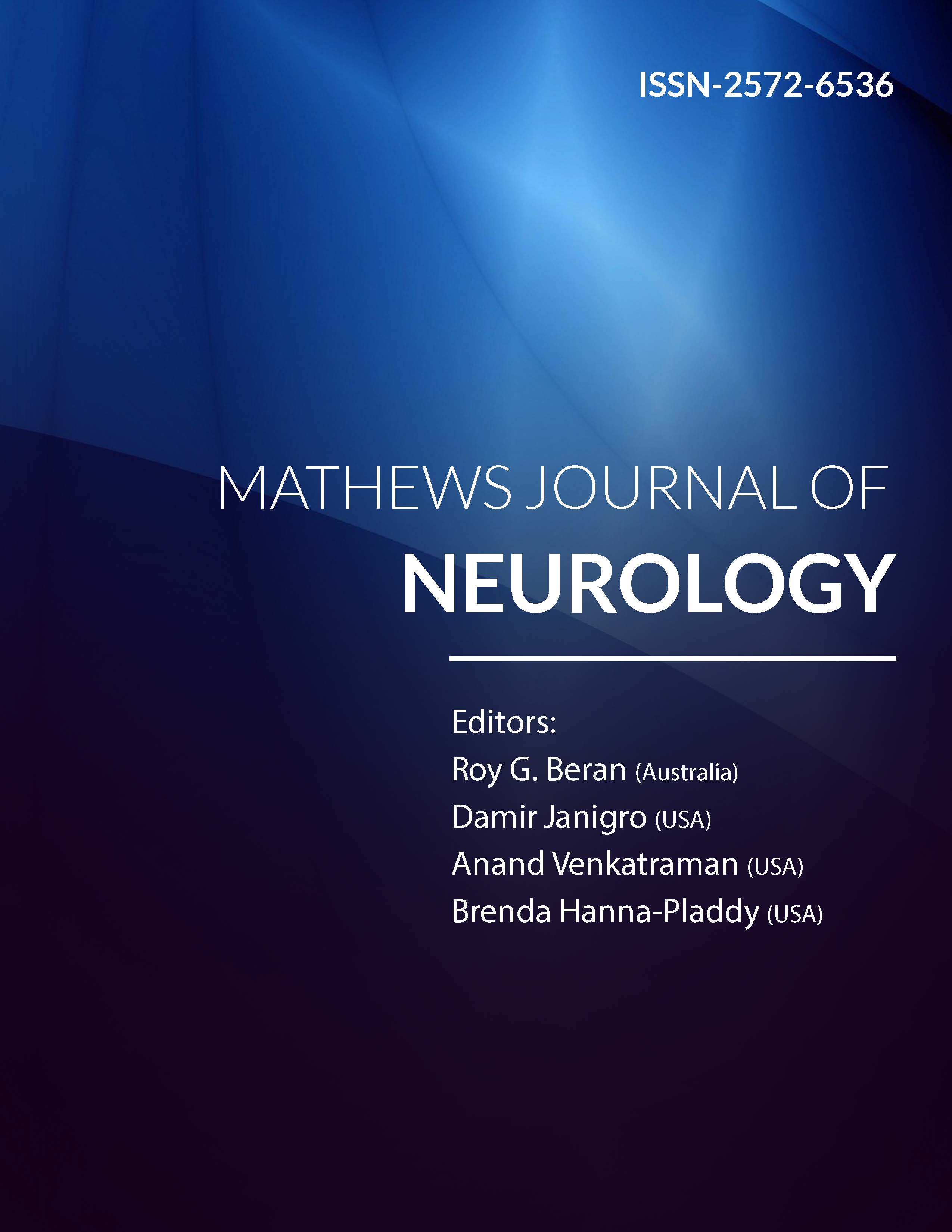
Information Links
Previous Issues Volume 4, Issue 1 - 2019
SEEG Depth Lead Records Inside an Air Bubble: A Case Report
Sheryl Manganaro1, Scellig Stone2
1Department of Neurology, Harvard University, USA.
2Department of Neurosurgery, Harvard University, USA
Corresponding Author: Sheryl Manganaro*, Department of Neurology, Harvard University, USA
Received Date: Mar 13, 2019
Published Date: Jun 14, 2019
Copyright © 2019 Manganaro S
Citation: Manganaro S. (2019). SEEG Depth Lead Records Inside an Air Bubble: A Case Report. Mathews J Neurol 4(1): 15.
ABSTRACT:
Intraoperative electrocorticography (ECOG) is performed during stereotactic EEG (SEEG) depth lead implantation in order to confirm the signal integrity of each individual contact on all depth leads. ECOG also allows for the analysis of brain activity and the ability to detect and eliminate extraneous signal interference in real-time. At Boston Children’s Hospital the Epilepsy Monitoring Unit (EMU) team of epileptologists and technologists work closely with the neurosurgeons and operating room staff during SEEG implantation procedures. During one invasive monitoring case our team encountered an unusually high amplitude fast rhythm on ECOG affecting one depth lead. Initially the signal appeared to be an extraneous artifact but on closer inspection a spread field involving other contacts on the same lead suggested a physiological source. Intra-operative CT imaging identified the source to be an air bubble-inadvertently trapped during implantation-that had surrounded the mid-section of the SEEG depth lead.
Keywords: Electrocorticography; Stereotactic EEG (SEEG); Intra-operative; Extraneous artifact.